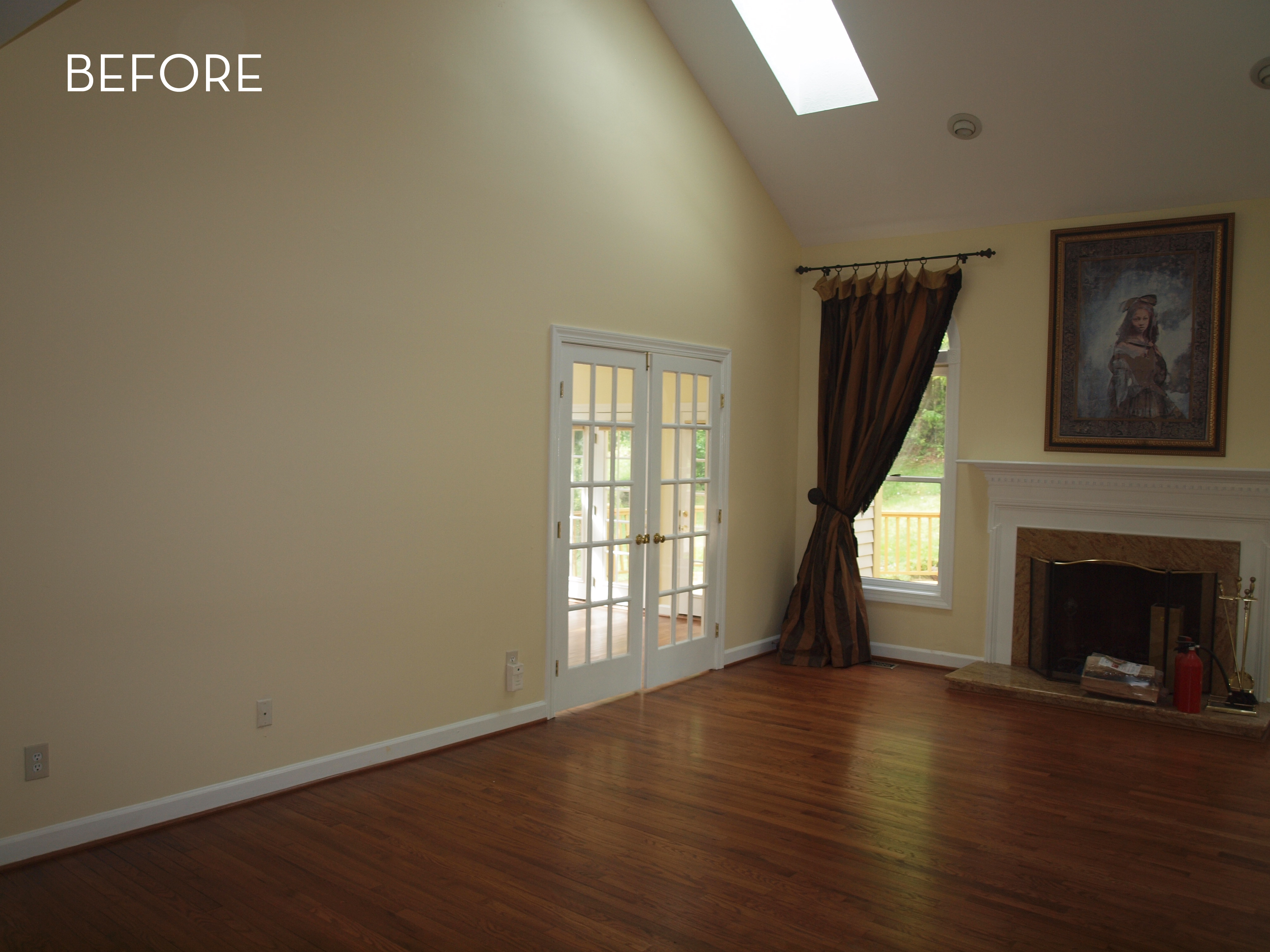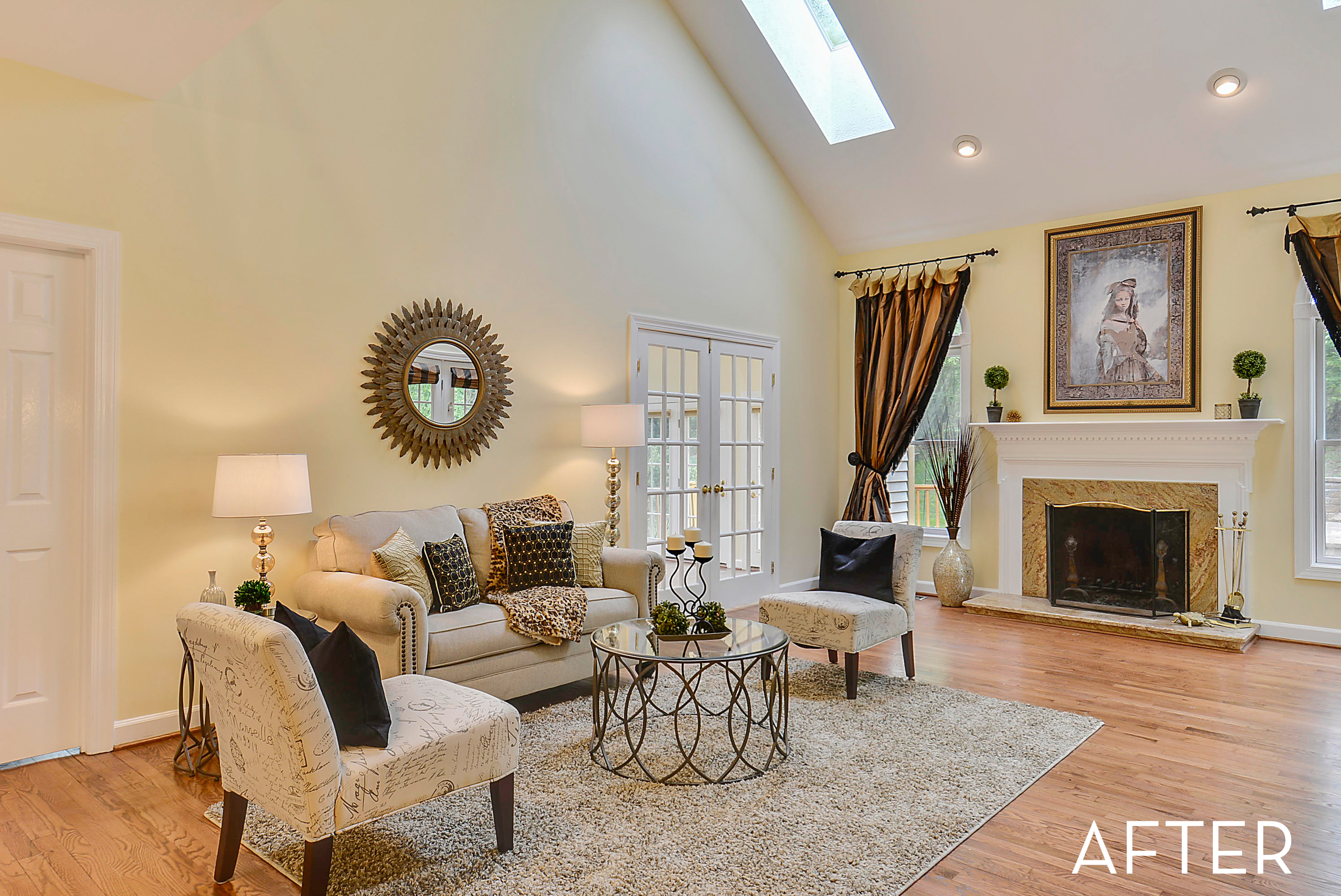- © 2025 Annapolis Home Magazine
- All Rights Reserved
 You ask, “What’s the difference between interior design and home staging?” Although these two professions seem to have similarities, they are, in reality, worlds apart. An interior designer’s role is to create a home that reflects the owner’s style, tastes, and preferences. A home stager aims to turn your property into something that lots of people will like so that it will sell faster and for the best price possible!
You ask, “What’s the difference between interior design and home staging?” Although these two professions seem to have similarities, they are, in reality, worlds apart. An interior designer’s role is to create a home that reflects the owner’s style, tastes, and preferences. A home stager aims to turn your property into something that lots of people will like so that it will sell faster and for the best price possible!
Home staging sometimes involves reducing or reorganizing the owner’s belongings and rearranging them. It’s not a mystery that potential buyers like to see clean, well-defined spaces, so clutter and the owner’s personal effects must be removed.

When a home is vacant, a stager provides furniture and accessories that will “show off” the best qualities of the home. The home stager’s objective is to transform the property so that it appeals to the widest range of prospective buyers.
Most buyers find vacant homes challenging because only
10% of us have the ability to visualize a space once furnished. To further complicate matters, today 97% of home buyers begin by searching the internet where empty rooms all look alike. Staging helps identify the purpose of a room, shows potential furniture placement, and most importantly, gives the room life!
My “before” and “after” pictures show an empty room and the same room that’s been “staged.” Here, I’m working with existing window treatments and wall color, so I designed the room around that color scheme. Here’s how I designed this Great Room.
First, I establish a “focal point” (the one area in the room that draws the eye); in this case, it’s the fireplace and magnificent artwork. To embellish the fireplace but not overwhelm the art, I added topiaries and gold accessories.
Second, I placed a seating arrangement across from the TV— still close enough to the fireplace to enjoy the warm ambiance of a fire. I also created a conversation area by placing the loveseat against the wall and flanking it with slipper chairs. I added the neutral “eyelash” area rug to unify this area.
Third, I used a monochromatic color scheme to add elegance and accentuate the gold and black silk window treatments and pale yellow walls. Typically, I use neutral-colored furniture for staging because it blends best with variously-styled homes. In this room, I chose a cream loveseat and beige slipper chairs. The black and gold accent pillows, as well as the leopard throw, coordinate with the drapes and add contrast—all of which contribute to the room’s unity, rhythm and balance.
Finally, for finishing touches, I added tall, iron candlesticks, a tray on the coffee table and a few topiary balls to coordinate with the topiaries on the mantel. Then, I added accessories on the other table to give the room a complete look. The starburst mirror over the loveseat reflects light and color but doesn’t detract from the other pieces in the room.
Remember, a well-staged home helps buyers envision themselves living in the property which will lead to a faster and more profitable sale.
Deborah Goode, CID, is owner of A Goode Start Decorating and Home Staging in Churchton, MD, agoodestartdecorating.com.
From Vol.7, No. 4 2016
Annapolis Home Magazine